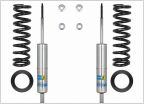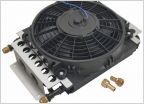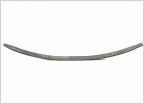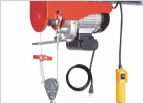-
Welcome to Tacoma World!
You are currently viewing as a guest! To get full-access, you need to register for a FREE account.
As a registered member, you’ll be able to:- Participate in all Tacoma discussion topics
- Communicate privately with other Tacoma owners from around the world
- Post your own photos in our Members Gallery
- Access all special features of the site
All of the sudden...I'm burning oil?
Discussion in '2nd Gen. Tacomas (2005-2015)' started by mepler, Dec 11, 2023.


 6112 - missing parts?
6112 - missing parts? B&M/Derale/other Transmission cooler with a fan
B&M/Derale/other Transmission cooler with a fan Smoothest setup for a 3" lift???
Smoothest setup for a 3" lift??? Remote key fob programming issue
Remote key fob programming issue Rtt garage hanging solution?
Rtt garage hanging solution?








































































